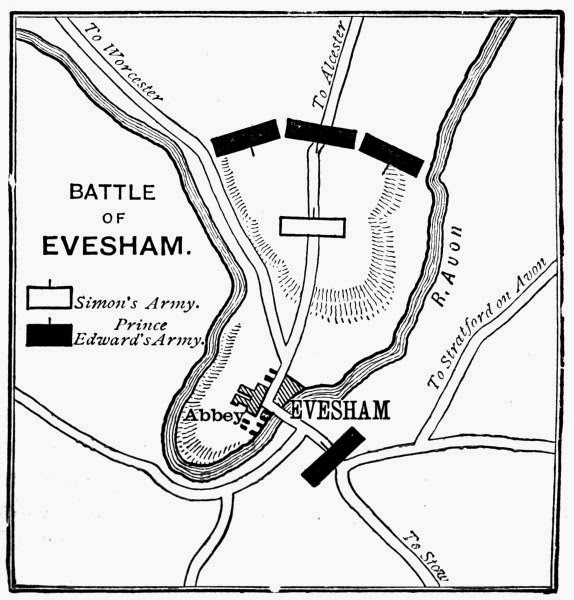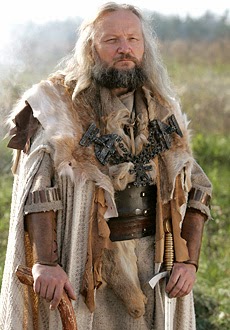[see Part 1 here and Part 2 here]
[Meanwhile, In Constantinople...]
 |
| Alexios IV |
Emperor Alexios III Angelos (c.1153-1211) overthrew his brother, Emperor Isaac II Angelos (1156-1204) in 1195; not your usual way to achieve the throne, but since Isaac had taxed his people heavily in order to start a war with Bulgaria that turned out to be a waste of resources, the army was glad to call Alexios "Emperor." Isaac was blinded and imprisoned in Constantinople. His son, Alexios IV Angelos, was also imprisoned.
In 1201, Alexios IV was smuggled out and taken to Germany, where his brother-in-law, Philip of Swabia, was king (Philip had married Irene Angelina, daughter of Isaac II). While in Germany, he met Boniface of Montferrat.
Boniface had been elected leader of the 4th Crusade. Of course, the financial troubles of the Crusade meant that they were indebted to Venice, whose Doge Enrico Dandolo had been made leader. In the winter of 1202-3, while the Crusading army was staying in Zara, Boniface went to visit Philip of Swabia, who was his cousin.
Alexios poured out his story of betrayal and exile, and made Boniface an offer: bring the Crusade through Constantinople, use its might to depose the usurper, and Alexios would promise him 10,000 soldiers, 500 knights to hold the Holy Land once the Crusade was successful, and enough money to pay off the debt to Venice and get out from under their control. Boniface might have been more wary of deals that seemed too good to be true, but Alexios threw in something that a Western Christian could not resist: he would make the Eastern Orthodox Church answerable to the Pope in Rome.
Boniface was thrilled, and took the offer, along with Alexios, back to Zara to present him to the army. The army went for it, as did Dandolo. Remember that Venice was due 50% of any "spoils of war"; a potential war with Constantinople could produce a lot of spoils. Come Easter, the army set off, not for the Holy Land, but for Constantinople.
[to be continued]
































